Is Subway Healthy?


Related products
What is Subway?
Subway has established itself as a prominent player in the fast-food industry, renowned for its made-to-order sandwiches and the ability to customise meals to individual preferences. This convenience, paired with a marketing strategy that emphasises fresh ingredients and healthier choices, has cemented Subway's reputation globally. However, the question remains: is Subway a genuinely healthy eating option? This article aims to scrutinise Subway’s nutritional content, ingredient quality, and overall health impacts.
Subway was founded in 1965 by Fred DeLuca and Peter Buck, initially under the name "Pete's Super Submarines." The first restaurant opened in Bridgeport, Connecticut, and by 1974, the company had 16 locations throughout Connecticut. The franchise model was adopted to facilitate rapid expansion, and the name was changed to Subway. Today, Subway operates over 40,000 outlets in more than 100 countries, making it one of the largest fast-food chains globally.
Subway’s popularity can be attributed to several factors. One significant factor is its marketing campaigns, such as the "Eat Fresh" slogan, which emphasises the use of fresh ingredients and healthier meal options. Additionally, Subway’s availability and accessibility, often located in convenient places like malls, airports, and petrol stations, contribute to its widespread appeal. The ability to customise each sandwich also attracts health-conscious consumers who seek to tailor their meals to specific dietary needs and preferences.
Nutritional Content of Subway Offerings
Subway's menu includes a variety of sandwiches, salads, sides, and drinks, each with different nutritional profiles. On the surface, Subway offers a range of options that can fit into a healthy diet, but a closer examination of specific items reveals varying levels of nutritional value.
Sandwiches
Subway’s sandwiches are central to its menu, with choices like the Turkey Breast and Veggie Delite being among the most popular. A standard six-inch Turkey Breast sandwich contains approximately 280 calories, 3.5 grams of fat, 670 milligrams of sodium, and 18 grams of protein. The Veggie Delite, another popular choice, offers around 230 calories, 2.5 grams of fat, 280 milligrams of sodium, and 8 grams of protein.
Dr. Emma Collins, a registered dietitian, points out, “While these sandwiches are lower in calories compared to typical fast-food options, the sodium content can be concerning, particularly for individuals with hypertension or cardiovascular issues.”
Salads
Subway’s salads are often seen as a healthier alternative to sandwiches. For instance, the Turkey Breast Salad contains about 110 calories, 2 grams of fat, 460 milligrams of sodium, and 12 grams of protein. However, the nutritional value can significantly change depending on the choice of dressings and additional toppings.
Sides and Drinks
The sides and drinks available at Subway, such as chips and cookies, as well as sugary beverages, can add a substantial number of calories and sugar to a meal. For example, a standard bag of chips can add around 230 calories and 15 grams of fat, while a single cookie can contribute approximately 200 calories and 10 grams of fat.
Ingredient Quality and Health Considerations
The quality of ingredients used at Subway is a critical factor in determining the healthiness of its meals. This section examines the nutritional differences among Subway’s bread options, the quality and processing of its proteins, the variety and freshness of its vegetables, and the presence of additives and preservatives. Understanding these aspects is essential for making informed choices about the health impact of Subway’s offerings.
Bread and Wraps
Subway offers a variety of bread options, including whole grain and white bread. While whole grain bread is generally a healthier choice due to its higher fibre content, many of Subway's bread options contain added sugars. A six-inch serving of Italian white bread, for example, contains around 200 calories and 4 grams of sugar.
Proteins
The quality of meat and plant-based proteins at Subway varies. Processed meats like ham and salami, commonly used in Subway sandwiches, often contain preservatives such as sodium nitrate, which has been linked to increased cancer risk. Conversely, leaner options like turkey breast and chicken strips provide a better nutritional profile with lower fat content.
Vegetables and Condiments
Subway offers a wide variety of fresh vegetables, including lettuce, tomatoes, cucumbers, and spinach, which can enhance the nutritional value of a meal. However, condiments like mayonnaise and sauces can significantly increase the calorie and fat content. For instance, adding just one tablespoon of mayonnaise can introduce an additional 90 calories and 10 grams of fat.
Additives and Preservatives
Many Subway menu items contain additives and preservatives to enhance flavour and extend shelf life. Ingredients such as high-fructose corn syrup and artificial flavours are present in some bread and sauces. Dr. Michael Reynolds, a nutrition expert, warns, “Regular consumption of processed foods containing artificial additives can have long-term health implications, including increased risks of metabolic disorders.”
In conclusion, while Subway offers several healthier meal options compared to traditional fast-food chains, careful consideration of ingredient quality, nutritional content, and potential health impacts is necessary. Consumers are encouraged to make informed choices to maximise the health benefits of their Subway meals.
Comparison with Other Fast-Food Options
Comparing Subway to other fast-food chains like McDonald’s and Burger King provides a clearer perspective on its nutritional advantages and drawbacks. This section explores how Subway’s menu items stack up against traditional fast food in terms of calorie content, nutritional value, and ingredient quality, helping consumers evaluate whether Subway is a healthier alternative.
Subway vs. Traditional Fast Food
When comparing Subway to traditional fast-food chains like McDonald's and Burger King, there are notable differences in nutritional content. Subway positions itself as a healthier alternative, emphasising fresh ingredients and customisable meals. For instance, a standard six-inch Subway sandwich typically ranges from 230 to 400 calories, whereas a Big Mac from McDonald's contains approximately 550 calories, and a Whopper from Burger King has around 657 calories.
Moreover, Subway’s sandwiches often contain higher amounts of vegetables and lean proteins compared to the typical offerings at other fast-food chains. However, the healthiness of a Subway meal can vary significantly based on the choices made by the consumer, such as the type of bread, the inclusion of condiments, and the addition of sides like chips and cookies.
Healthier Choices in Subway
Subway provides various options for creating a healthier meal. Customisation is a key feature, allowing consumers to select whole grain bread, opt for lean proteins like turkey or chicken breast, and load up on fresh vegetables. Avoiding high-calorie condiments and choosing healthier sides can further enhance the nutritional value of a meal. For example, selecting mustard or vinegar over mayonnaise or creamy sauces can reduce calorie and fat intake significantly.

Health Benefits and Drawbacks of Subway
Subway’s ability to offer customisable and nutrient-rich meals comes with both benefits and drawbacks. This section delves into the advantages of meal customisation and the availability of healthy ingredients while also highlighting concerns related to high sodium content, hidden calories, and the quality of processed meats. These insights help to balance the overall assessment of Subway’s health impact.
Benefits
Customization
The ability to customise meals is one of Subway's primary advantages. Consumers can tailor their sandwiches and salads to meet specific dietary needs, whether they are looking to reduce calorie intake, increase protein, or avoid certain ingredients due to allergies or preferences.
Nutrient-Rich Options
Subway offers a range of nutrient-rich options, particularly in its variety of vegetables and lean protein choices. Incorporating a diverse array of vegetables can enhance the meal's fibre, vitamin, and mineral content, contributing to a more balanced diet.
Drawbacks
Sodium Content
One of the significant drawbacks of Subway’s menu is the high sodium content in many of its items. For example, a six-inch Spicy Italian sandwich contains around 1,530 milligrams of sodium, which is close to the daily recommended limit of 2,300 milligrams for most adults. High sodium intake is associated with an increased risk of hypertension and cardiovascular diseases.
Hidden Calories
While Subway promotes healthier eating, hidden calories in dressings, cheeses, and sauces can add up quickly. A seemingly healthy salad can become calorie-dense with the addition of high-fat dressings and toppings like bacon or cheese.
Quality Concerns
The processing of meats and the use of additives and preservatives in some Subway ingredients raise concerns. Processed meats often contain nitrates and other preservatives linked to adverse health effects, including an increased risk of certain cancers.
Expert Opinions and Research
Registered dietitian Sarah Turner notes, "Subway can be a healthier option compared to other fast-food chains if consumers make mindful choices. Opting for whole grain bread, lean proteins, and plenty of vegetables can provide a balanced meal. However, it’s essential to be cautious of high-sodium and high-calorie dressings."
Studies on fast-food consumption generally highlight the health risks associated with high-calorie, high-fat, and high-sodium diets. Specific research on Subway indicates that while it offers healthier options than many fast-food chains, the nutritional value of a meal heavily depends on the choices made by the consumer. A 2013 study published in the Journal of Adolescent Health found that Subway meals purchased by adolescents were not significantly healthier than those from McDonald's, largely due to the high sodium content.
Practical Tips for Making Healthier Choices at Subway
Making healthier choices at Subway requires knowledge and mindfulness about the available options. This section provides practical tips on selecting the best bread, proteins, and vegetables, as well as choosing smart condiments and avoiding high-calorie extras. These guidelines aim to help consumers maximise the nutritional benefits of their Subway meals while minimising potential health risks.
Bread Selection
Choosing whole grain or lower-calorie bread options can increase fibre intake and reduce overall calorie consumption. Subway offers a nine-grain wheat bread that is a better choice compared to white or Italian bread.
Protein Choices
Opting for lean meats like turkey breast, chicken strips, or plant-based proteins can lower fat and calorie intake. Avoiding processed meats such as salami and pepperoni is advisable due to their higher fat and sodium content.
Load Up on Veggies
Maximising vegetable intake by adding a variety of fresh veggies like spinach, tomatoes, cucumbers, and bell peppers can boost the meal's nutritional profile, adding essential vitamins and minerals.
Smart Condiments
Selecting healthier dressings, such as mustard or vinegar, and limiting high-calorie sauces like mayonnaise and ranch dressing can significantly reduce calorie and fat intake.
Avoiding Extras
Limiting sides like chips and sugary beverages can prevent unnecessary calorie and sugar consumption. Opting for water or unsweetened iced tea is a healthier choice for beverages.
People Also Ask
What is the healthiest in Subway?
The healthiest options at Subway include sandwiches and salads made with whole grain bread, lean proteins like turkey breast or chicken strips, and plenty of vegetables. Opting for minimal sauces and dressings can further enhance the healthiness of the meal.
Is Subway junk or healthy?
Subway can be healthy or unhealthy depending on the choices made. Opting for nutrient-dense ingredients and avoiding high-calorie add-ons can make it a healthy option, while excessive use of dressings and processed meats can negate these benefits.
Is Subway any healthier than McDonald’s?
Subway generally offers healthier options than McDonald's, particularly in terms of lower calorie counts and higher vegetable content. However, the overall healthiness of a meal at either restaurant depends on the specific choices made by the consumer. To learning more about McDonald's Menu Allergy: Ingredients, Allergens, and Safe Choices continue reading.
Conclusion
Subway presents a viable alternative to traditional fast-food chains for those seeking healthier meal options. The ability to customise meals, coupled with a variety of nutrient-rich ingredients, offers consumers the potential to make healthier choices. However, attention must be paid to sodium content, hidden calories, and the quality of ingredients to maximise the health benefits of Subway meals. Making informed decisions can ensure that Subway remains a healthier option in the fast-food landscape.



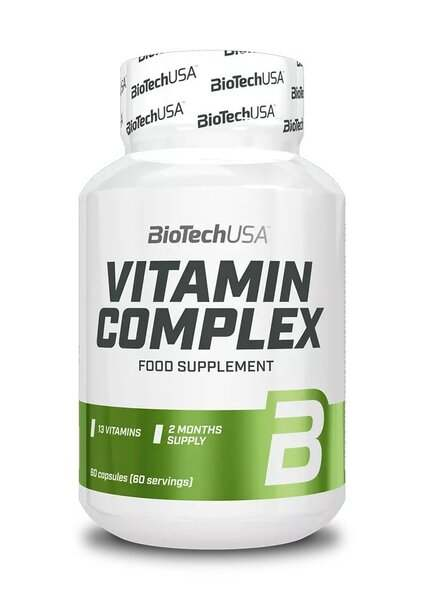
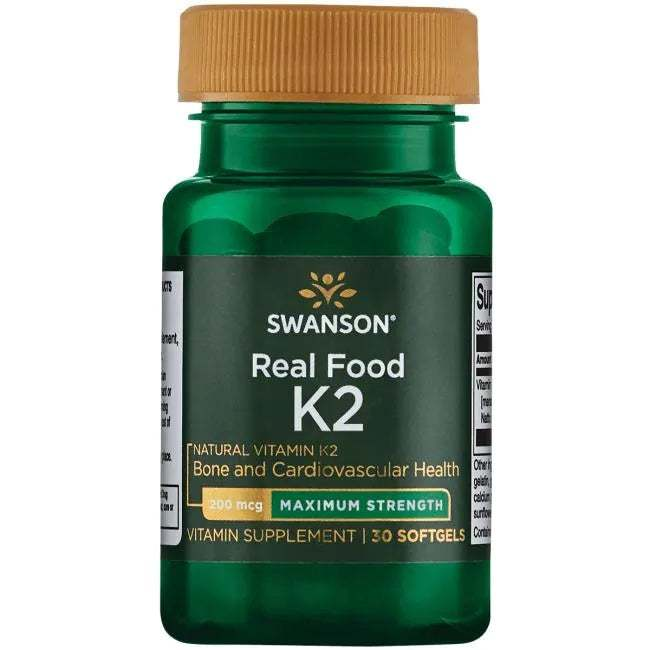

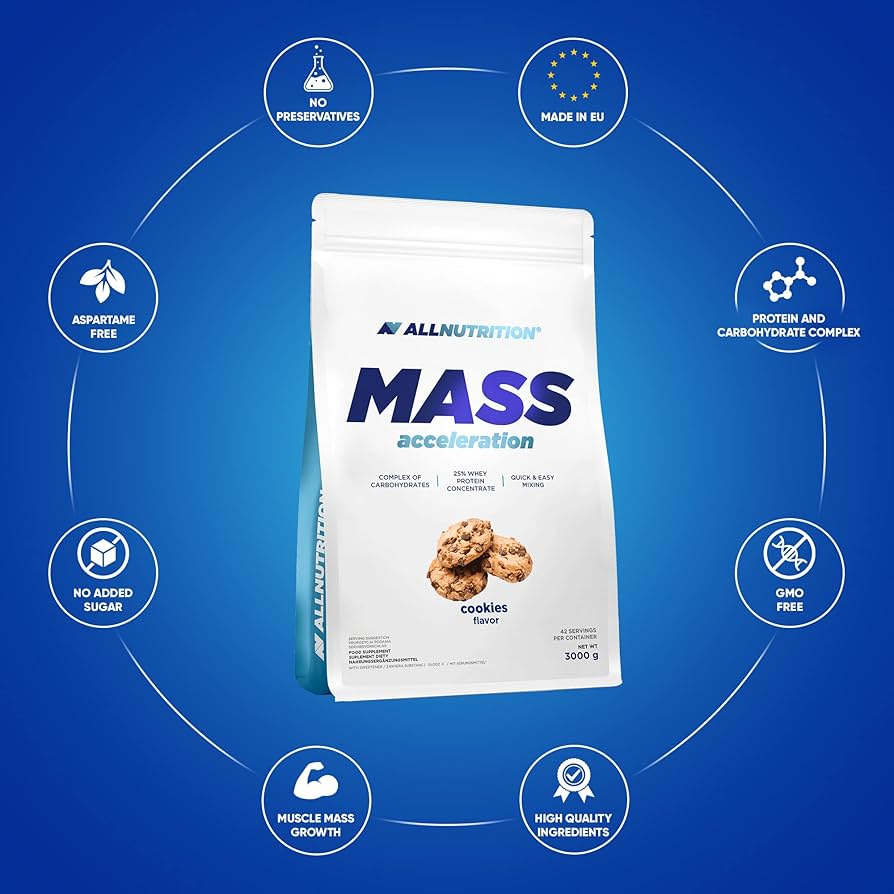
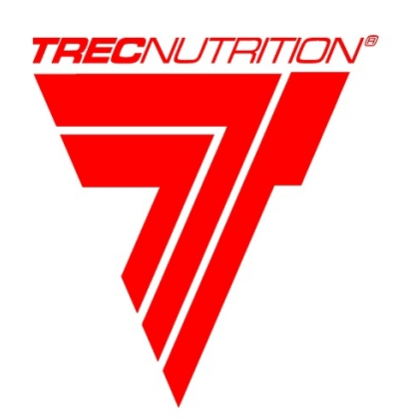
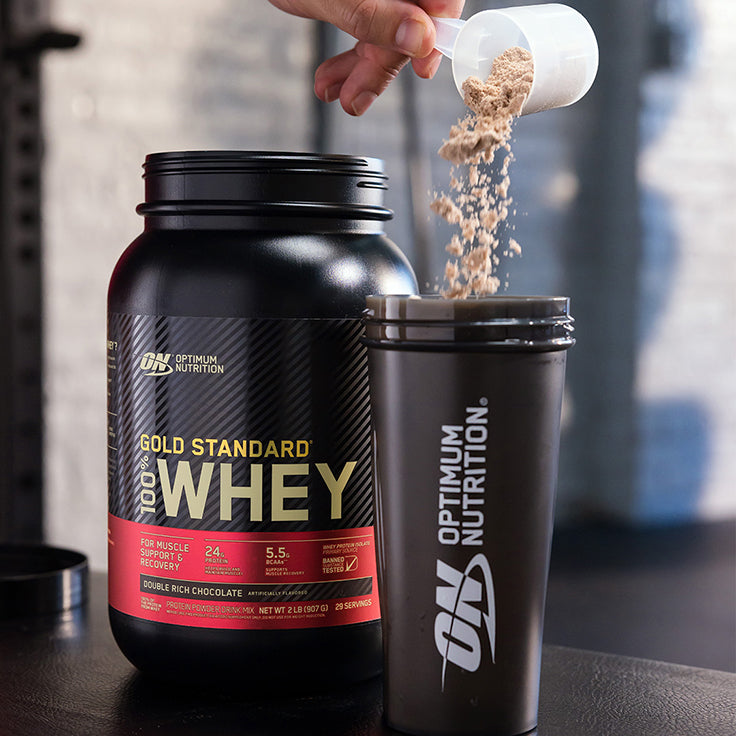


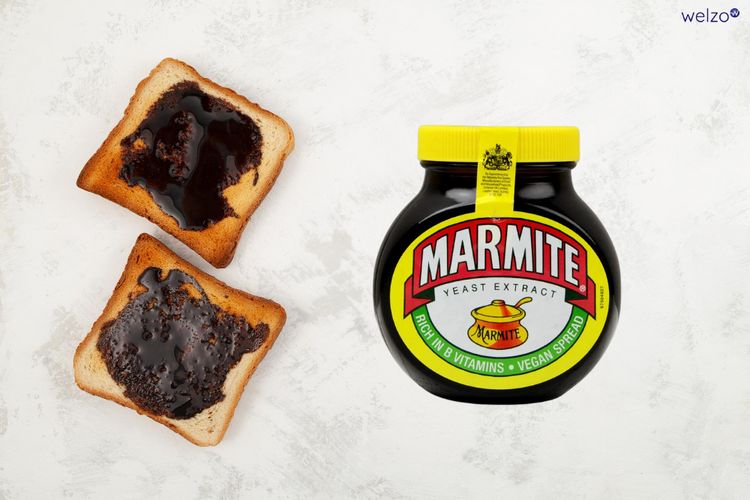

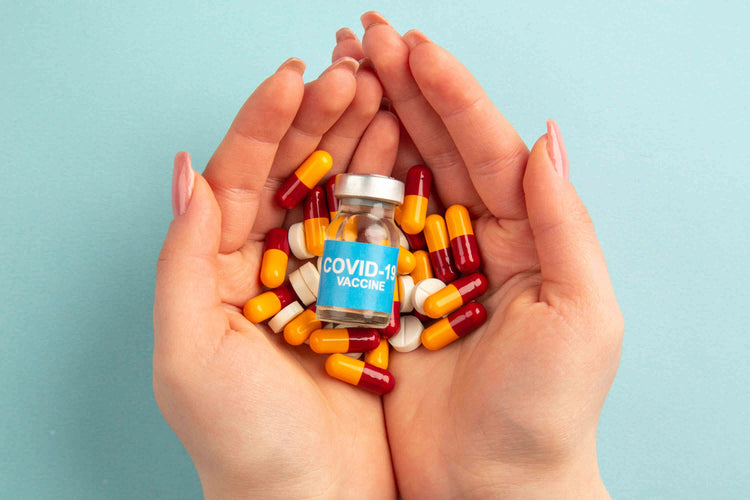

 Rated Excellent by 26,523+ Reviews
Rated Excellent by 26,523+ Reviews